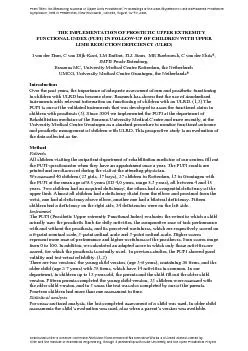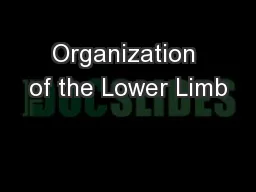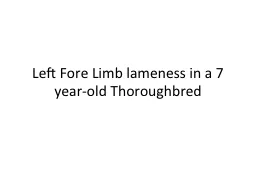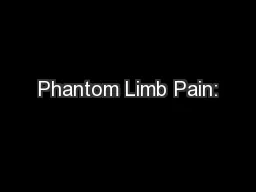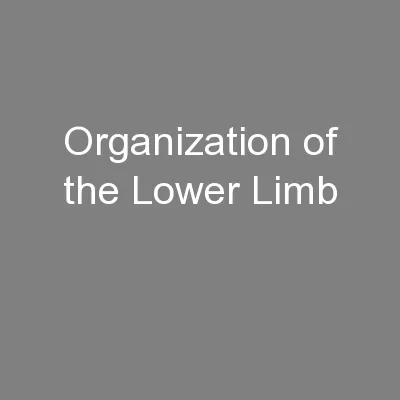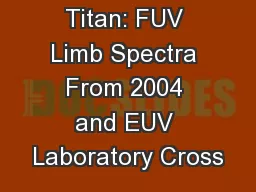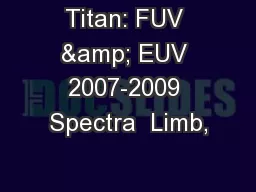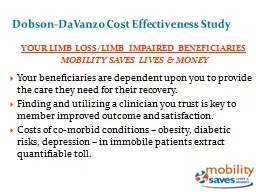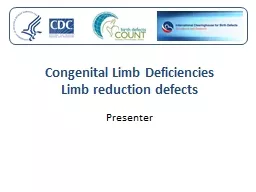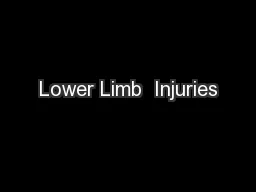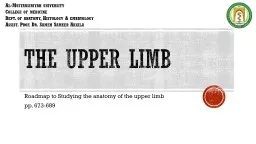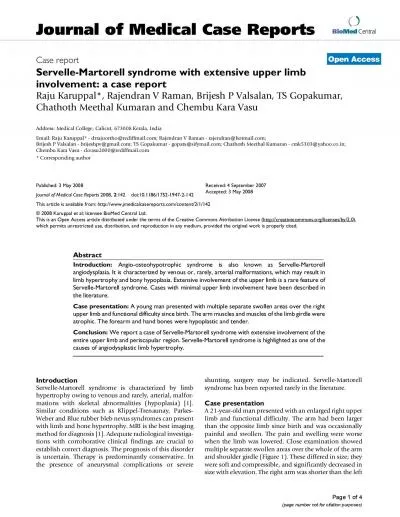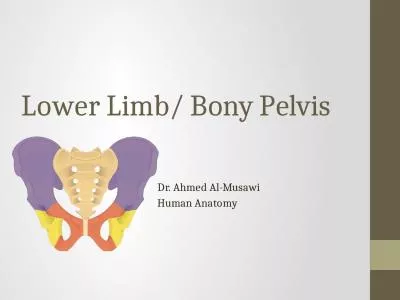PDF-FUNCTIONAL INDEX (PUFI) IN FOLLOW-UP OF CHILDREN WITH UPPER LIMB REDUC
Author : ximena | Published Date : 2021-01-05
We compared the performance of activities for thesis users with ear a prosthesis nonusers using the ttest for independent samples A ttest for dependent samples was
Presentation Embed Code
Download Presentation
Download Presentation The PPT/PDF document "FUNCTIONAL INDEX (PUFI) IN FOLLOW-UP OF ..." is the property of its rightful owner. Permission is granted to download and print the materials on this website for personal, non-commercial use only, and to display it on your personal computer provided you do not modify the materials and that you retain all copyright notices contained in the materials. By downloading content from our website, you accept the terms of this agreement.
FUNCTIONAL INDEX (PUFI) IN FOLLOW-UP OF CHILDREN WITH UPPER LIMB REDUC: Transcript
Download Rules Of Document
"FUNCTIONAL INDEX (PUFI) IN FOLLOW-UP OF CHILDREN WITH UPPER LIMB REDUC"The content belongs to its owner. You may download and print it for personal use, without modification, and keep all copyright notices. By downloading, you agree to these terms.
Related Documents

